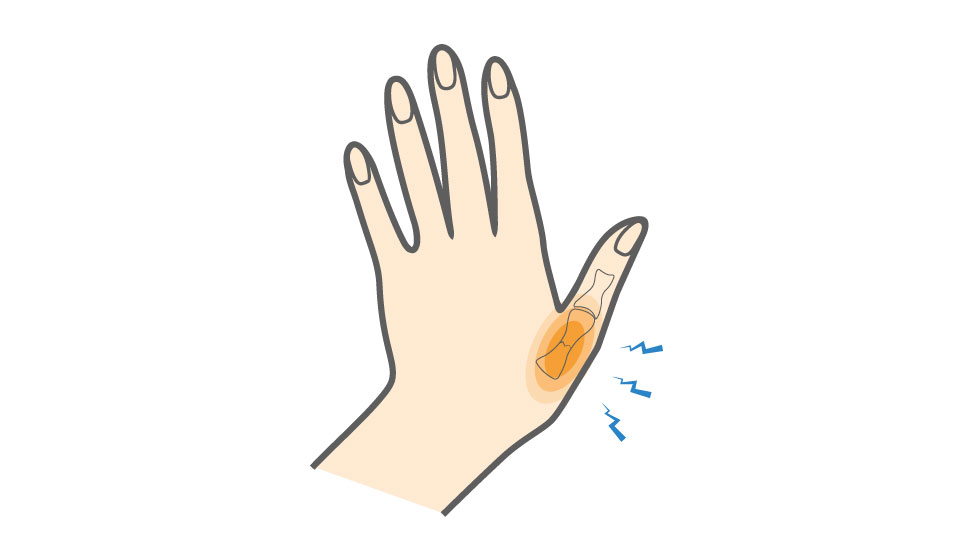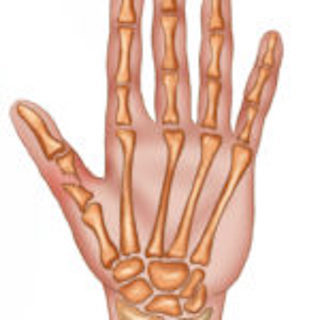The thumb plays an important role in grasping objects, so a thumb fracture can seriously impede your ability to pick up and hold onto items.
Your thumb is made up of two bones, called phalanges. These small bones connect to a larger bone in your hand, called the first metacarpal.
The most common thumb fractures involve the base of the first metacarpal and where your thumb attaches to your wrist, referred to as the carpometacarpal (CMC) joint. These types of fractures can lead to
Two specific types of fractures that affect the CMC joint are:
- Bennet fracture: A clean break at the base of the thumb involving the joint.
- Rolando fracture: Occurs when the bone is shattered in the same location.



